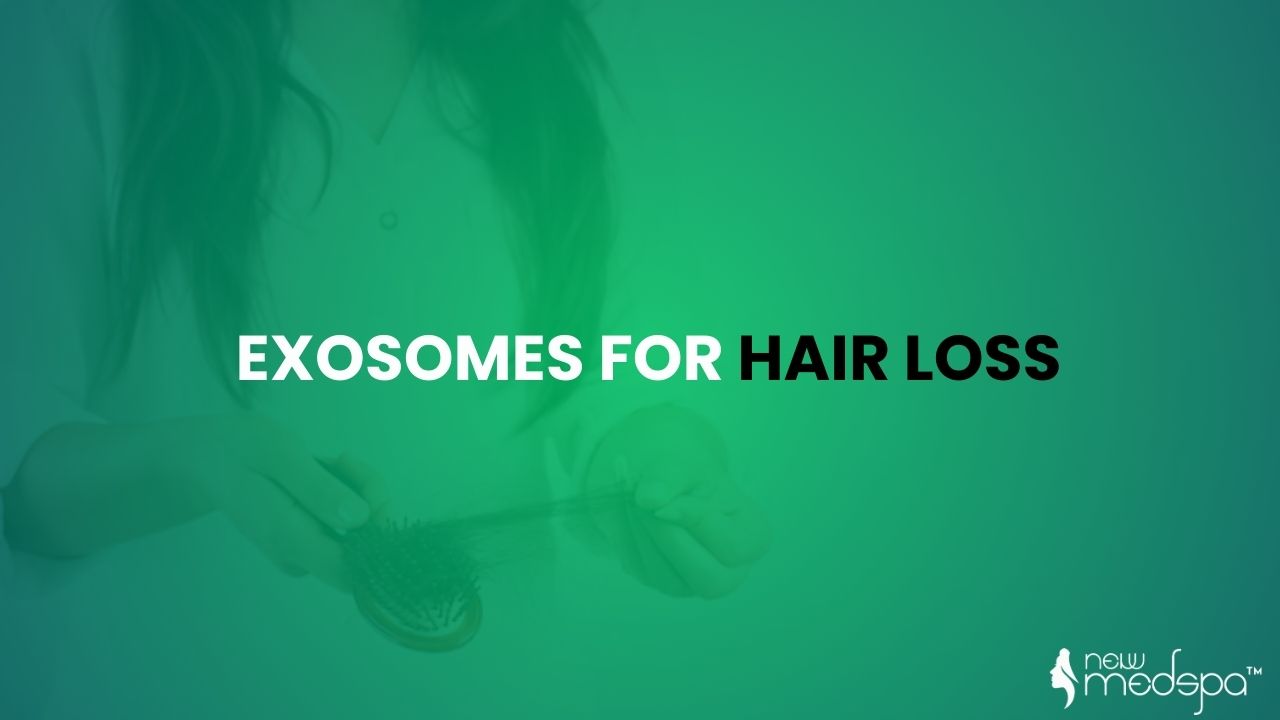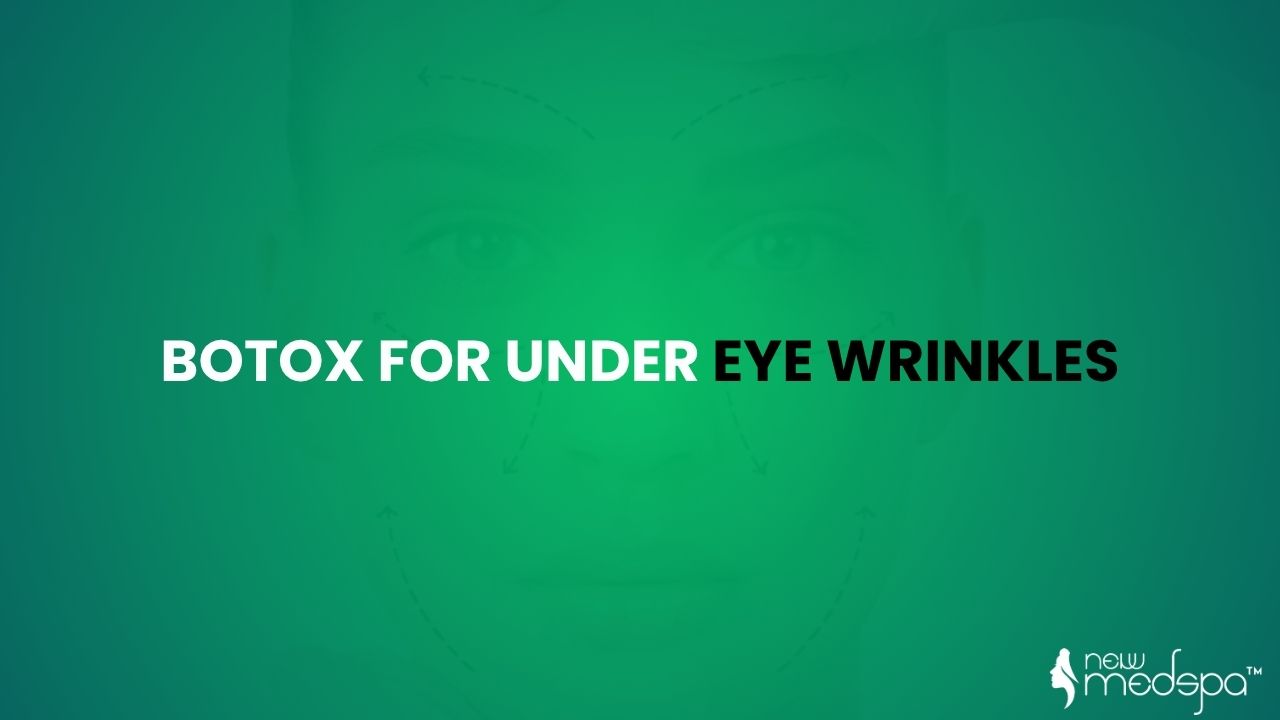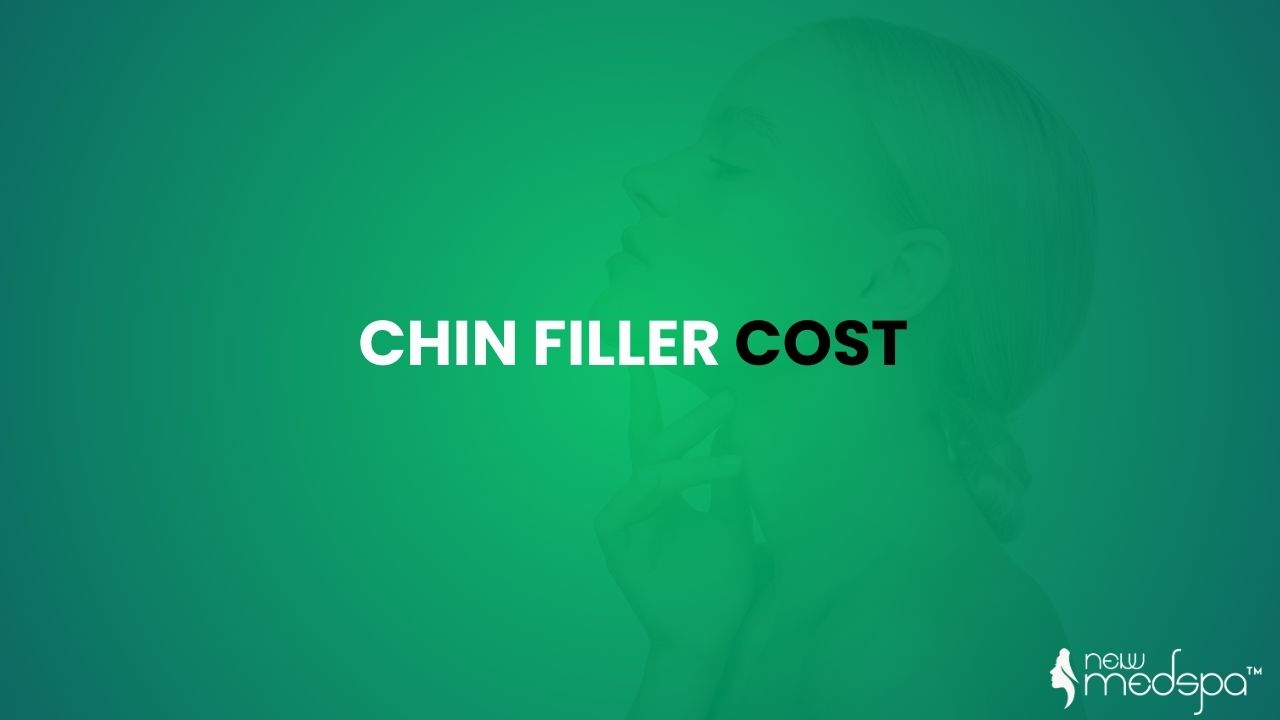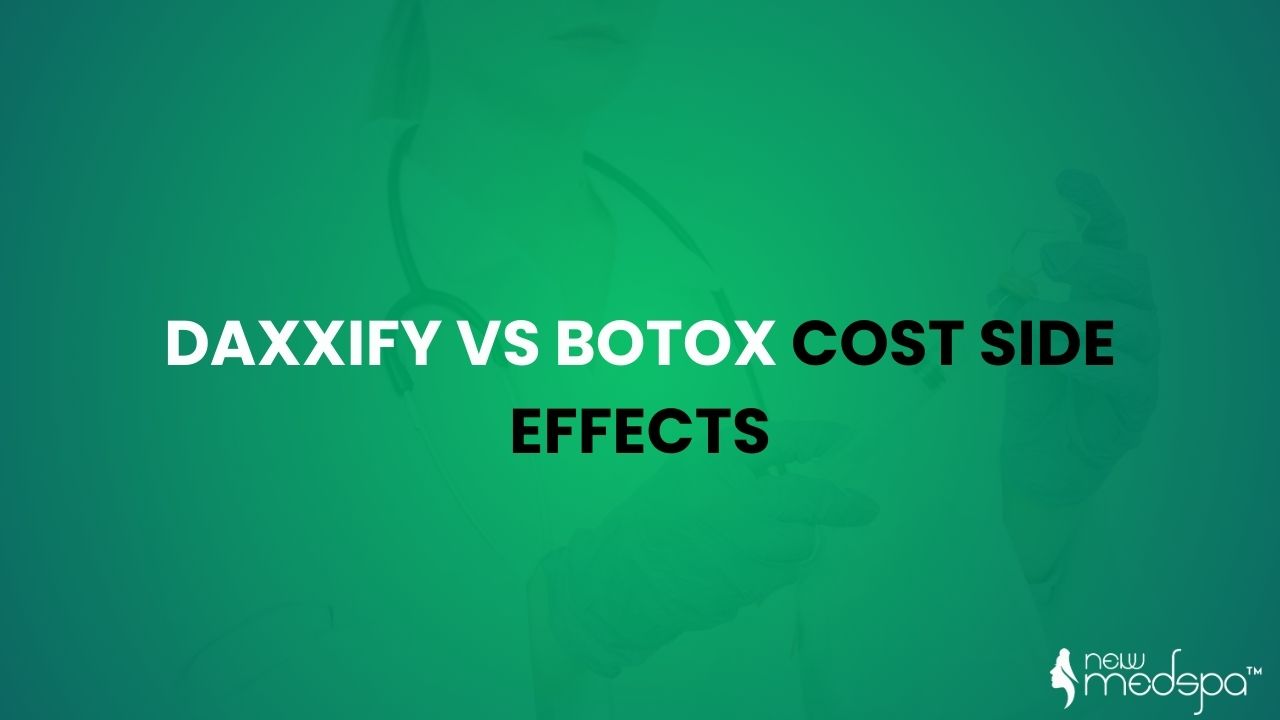Exosomes for hair loss, which have recently become a revolutionary treatment for those looking to achieve a new head of hair. More people struggle with thinning hair or baldness, and so the demand for effective but minimally invasive strategies grows. Through old-fashioned methods like medicine and hair transplants both have their places, exosomes for hair loss therapy can provide investigators with options. It works on hair regrowth at cellular level. By using the regenerative power of exosomes-tiny particles that carry healing growth factors directly to the scalp this therapy may just be the future of hair loss. How Exosomes Work and What They Might Mean for Hair Restoration: In this blog, we will discuss the working principle of exosomes in detail, their benefits, and why they could revolutionize hair restoration.
What Exactly Are Exosomes ?
Exosomes, tiny particles that cells secrete, function as couriers to carry essential proteins, lipids, and RNA which regulate the functions of neighboring cells. They are important in both immune response and tissue repair. In treating hair loss, it is thought that exosomes promote hair follicle regeneration by stimulating both the healing and the growth. Therefore they can be used as a powerful tool for encouraging hairs to grow back.
Common Causes of Hair Loss
- Genetics (Hereditary Hair Loss)
- Hormonal Changes and Imbalances
- Medical Conditions
- Nutritional Deficiencies
- Stress
- Medications and Treatments
- Chemical Treatments and Hair Styling
- Age
- Poor Hair Care Habits
What is exosome therapy and how does it work?
Exosome therapy uses exosomes, which are small particles released by cells and contain vital growth factors, proteins and RNA. After injection into the scalp, exosomes stimulate hair follicle regeneration, reduce inflammation and wake up dormant follicles. Encouraged by these signs of regeneration, hair follicles return to their active growth phase (anagen), producing thicker and healthier hair. By addressing the root causes of hair loss, the therapy provides a more favorable environment for hair to grow.
The Procedure:
For exosomes for hair loss therapy, During the treatment, exosomes are usually directly injected into a scalp that shows no signs of hair growth. The liposomes dissolve and an equal amount of exosome is formed in its place. The procedure is minimally invasive and usually takes about half an hour to an hour. After, there is only a short period of downtime and most patients may return to their normal activities without any problems.
Current Research
Although preclinical studies and the first clinical trials have produced promising results, more large-scale randomized controlled studies are needed at present to confirm its efficacy and safety.
Comparison To Other Treatments
Minoxidil and finasteride: Exosomes may provide a more natural but still targeted method than these drugs, and without their systemic side effects.
PRP: Exosomes are richer concentrated in bioactive molecules than PRP and therefore thought stronger and more stable.
Advantages of Using Exosome Therapy
- When exosomes for hair loss therapy is accomplished, as it was in this study started earlier this year, there is no need for incisions or long time off work.
- Exosome therapy does not rely on harsh chemicals or drugs, making it a natural alternative choice for people looking for non-harmful treatment methods.
- The entire course of treatment can be finished in a short time, without interfering too much in your daily life.
- The exosomes are injected in very specific parts of your body allowing for a highly focused approach.
Exosomes Therapy Challenges and Limitations
Cost: Exosome treatment can be expensive and not all insurance fixed-price packages offer covers for it, as this newer treatment was already widespread throughout overland China in the past (although not yet in Los Angele).
Traditional wisdom may be wrong: To achieve the best results, you may need to undergo multiple sessions of treatment.
Results Vary from Person to Person: Some people will therefore see significant improvement with others only modest gains.
Comparison with Other Treatments
Minoxidil and finasteride: Exosomes might be a more natural, but targeted cure method than these drugs, and without their side effects. However, that does not mean they are all safe for us. It is just another mutually powerful drug after all.
PRP: Exosomes are richer concentrated in bioactive molecules than PRP and therefore thought to be more powerful and stable.
Side Effects And Risks
Most cases of hair loss treatment with exosomes appear to be well-tolerated. Like any medical treatment, however, it can also produce side effects. These typically include:
- Scalp Redness or Swelling
- Tenderness or Discomfort
- Itching
- Bruising
These side effects normally are mild and transient. It ‘s important to get the treatment properly from a professional doctor.
Who Should Not Receive Exosomes for Hair Loss Therapy?
For the following people, exosome therapy may not be acceptable or should be taken with caution:
- Pregnant and Breastfeeding Moms
- People with Strongly Loosened Scalp
- People Who Have Certain Autoimmune Diseases
- People Taking Immunosuppressive Drugs
People In The Advanced Stages of Hair Loss:Like any medical treatment, it is important to consult with a healthcare provider to see if exosome therapy is fit based on your medical history and the condition of your hair loss.
Minimum Downtime and Recovery
For many people, the most attractive feature of exosomes for hair loss therapy is that it requires almost no intrusion. Since there is no surgery or cutting involved, patients usually have little to no recovery time. In fact, most individuals can go right back to their daily routine after having received the procedure.
Longer-Term Potential
Even though exosomes for hair loss therapy is showing some promising results, it falls into the category of an emerging treatment. Continuing research is looking at how effective this process is over time and what kind of risks are involved. With more clinical studies behind it, we will certainly be able to get a clearer idea of exactly where exosome therapy stands in hair restoration as a whole.
Are Exosomes for Hair Loss Effective?
Exosome therapy is a relatively new treatment for hair loss. One advantage of exosome therapy for hair growth is that some patients manage to achieve thicker and more luxurious hair after just a few treatments. Yet, the outcome varies. Depending on how much hair the patient has lost already (as well as their age and general health) it may be one thing for sure that more studies are necessary before long-term results can be determined definitively.
Conclusion:
Exosomes for hair loss therapy, by stimulating hair growth and improving scalp condition early results have been encouraging and it offers an exciting minimally invasive approach to restoration. Everyone may not see results and success may vary but its power to regenerate hair follicles and result in a healthier scalp environment makes it a worthwhile option for those with hair loss. As more research is carried out, exosome therapy just might become the king of future hair regrowth treatments. Always consult with a qualified professional to determine if it’s the right choice for you.












